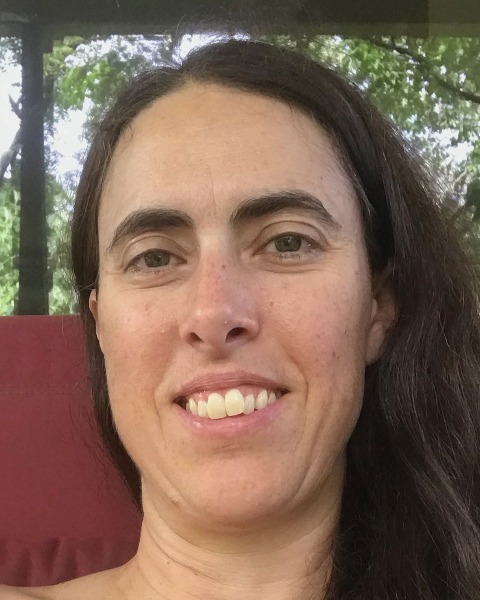Student Poster Display
Plant-Insect Ecosystems
Student
Student Competition
D3049: Assessment of twelve-year old pollinator plantings reveal an upward trend in wild bee abundance, but a downward trend in bee diversity, as the plant community shifts from the original seed mix to more aggressive native species

Lilia S. Stemet, M.S. (she/her/hers)
Senior Graduate Assistant
University of Arkansas
Eureka Springs, Arkansas- DB
David J. Biddinger (he/him/his)
Research Professor
The Pennsylvania State University
Biglerville, Pennsylvania - KN
Kusum Naithani
Associate Professor, Graduate Studies Chair & Department Vice Chair
University of Arkansas
Fayetteville, Arkansas - NJ
Neelendra K. Joshi
Entomologist
University of Arkansas
Fayetteville, Arkansas
Presenting Author(s)
Co-Author(s)
As the demand for insect-pollinated crops and the cost of renting honeybees increases, more growers are shifting to relying exclusively on wild bees. Where floral and nesting habitat is conserved or restored, diverse communities of wild bees provide affordable and effective pollination services at commercial scales. The main objective of this study was to assess the quality of restored pollinator habitat, both in terms of the sustainability of the original seed mix and of the mature plant community that now includes volunteer native and exotic plant species and evaluating the biodiversity of bees collected from these pollinator plots over time. While there is a slight decline in the diversity of the wild bee community collected from these pollinator plots that have shifted their plant community from the original seed mix to one where over half of the plant community has been replaced by volunteer natives species, a decade of collecting bees visiting these restored floral resources serves as an example of a relatively stable bee community at a time when significant wild bee declines are being observed worldwide. This is supported by the upward trend in wild bee abundance and a relatively unchanged ratio of common and rare species detected over time. Growers who conserve or restore quality floral and nesting habitat that provide for the needs of wild bee community throughout the year, experience increase yields, lower their production cost, and help to slow down the loss of bee diversity.

.png)

